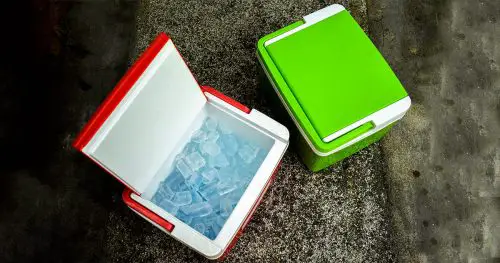Are you finding that your cooler isn’t keeping ice for as long as you’d like? There are a few tips you need to know on how to keep ice from melting in a cooler – and they’re all pretty simple.
These tips work pretty well no matter what the situation, Read on to find out how.
Table of Contents
7 Top Tips for Keeping Ice from Melting in a Cooler
Here are the main things you can do to help improve ice retention:
1. Do a Pre-Chill
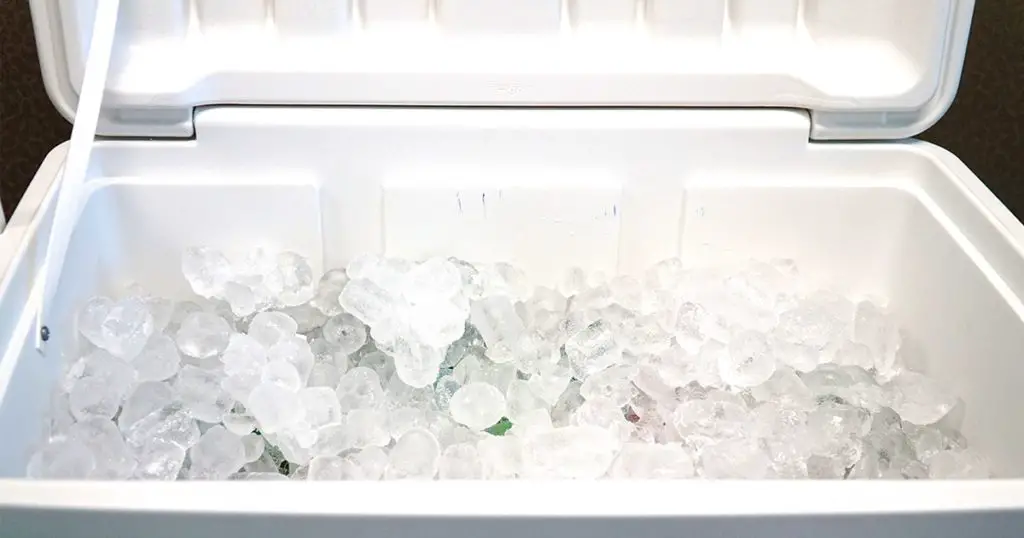
You can pre-chill your cooler the night before you want to use it. This means sacrificing some ice, but it’s well worth doing. Fill your cooler with the ice the night before, and leave the cooler somewhere cool and dry. The next morning, dump out the old ice and refill it with fresh ice. It’s a little like giving your cooler a head start, and the fresh ice should last longer.
2. Line with Foil
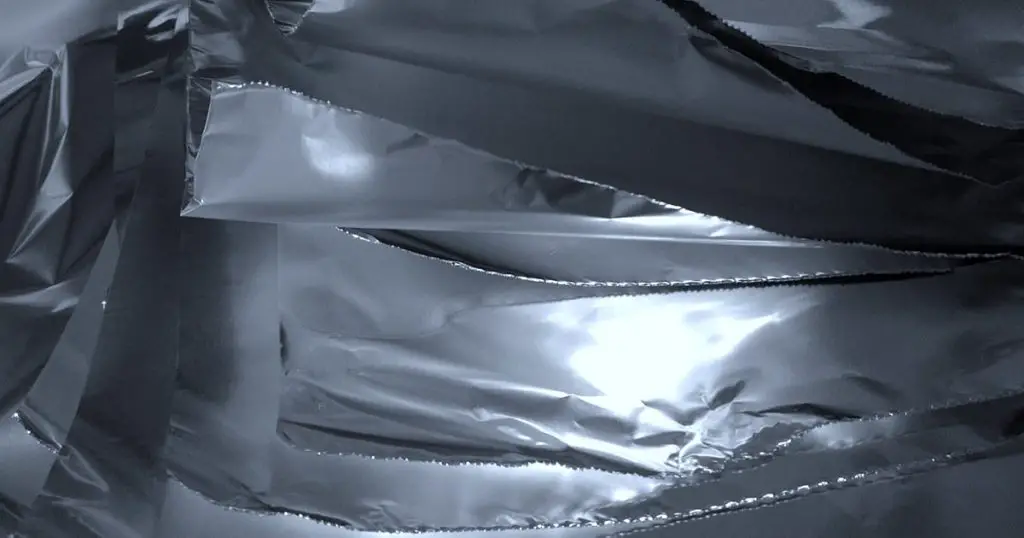
A great way to keep warm air from getting into your cooler is to line it with aluminum foil. This is useful because it reflects heat and light, protecting the ice inside. It takes just moments to do but will really improve ice retention!
3. Pack it Properly
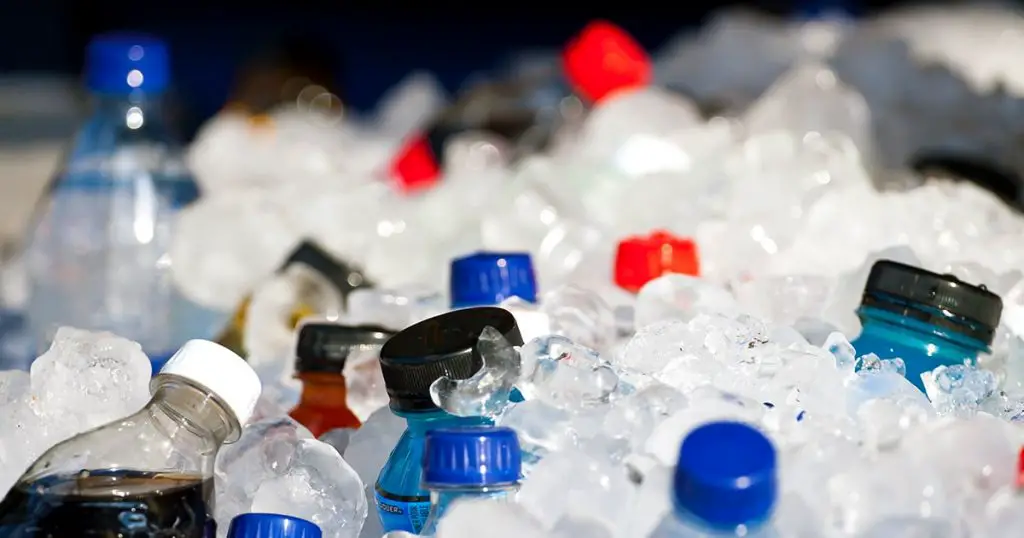
Another tip is to make sure you have packed your cooler properly. Proper organization is helpful because it reduces the amount of time you’ll have to spend with the lid open.
It’s also helpful to consider packing your cooler in layers. Start with a base of block ice, with smaller ice cubes to fill in any gaps – you want a good solid layer of ice at the bottom. If you have any frozen food, this needs to go next, directly on top of the ice layer. The rest of your food can come next, and then you can cover it with a layer of ice on top.
Certain types of coolers can’t be packed in the same way (for example, most of the coolers in our guide to the best golf bag coolers). Soft-sided coolers in general are a little different in terms of ice retention, but we’ll cover that in more detail a little later.
You can find out more about how to safely pack certain types of food in a cooler in the USDA’s guide on How to Pack a Cooler to Prevent Food Poisoning.
4. Use Different Types of Ice
There are different types of ice:
Block ice
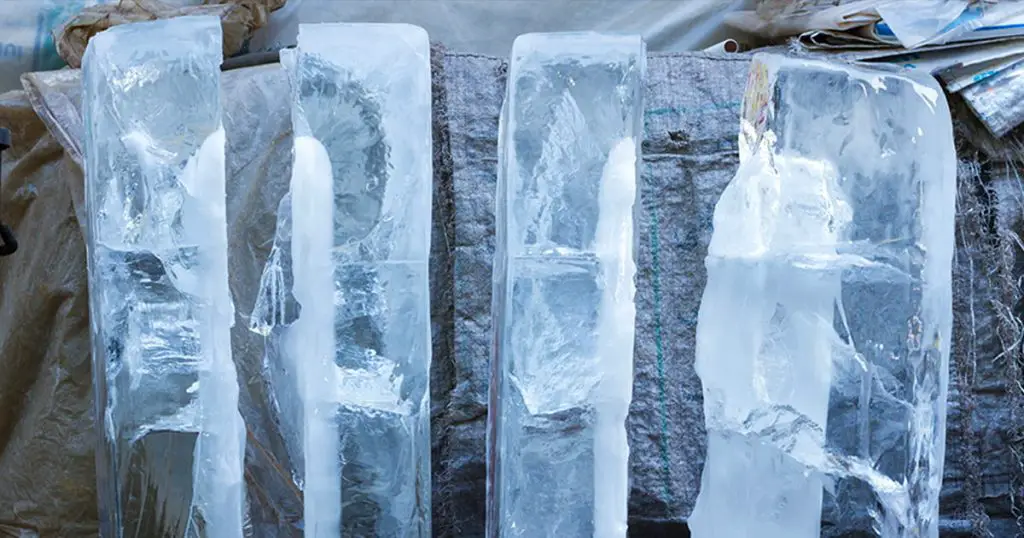
Very large blocks of ice which are great for lining the bottom of your cooler.
Regular ice cubes
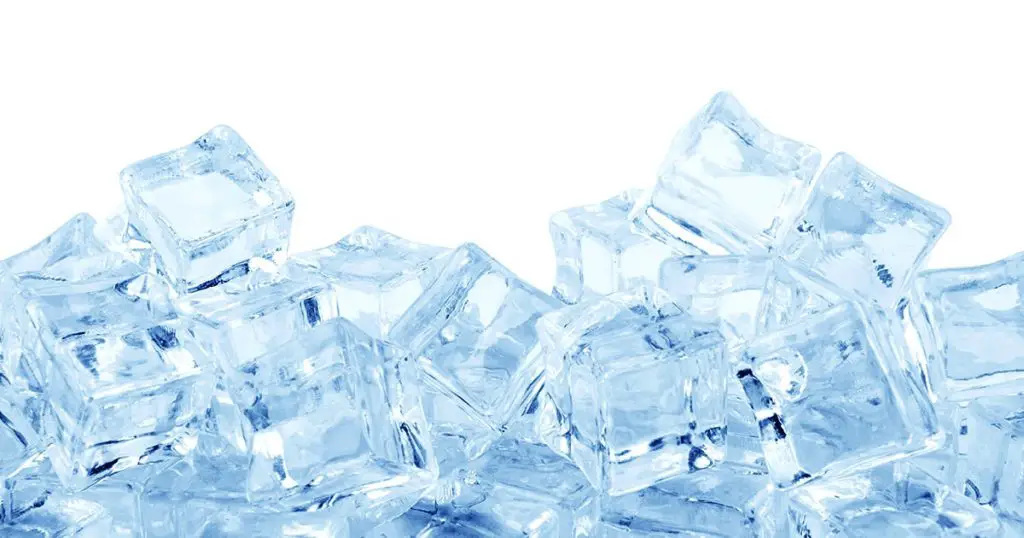
These can easily be made at home and as a result are free. They’re perfect for packing in around any gaps.
Dry ice
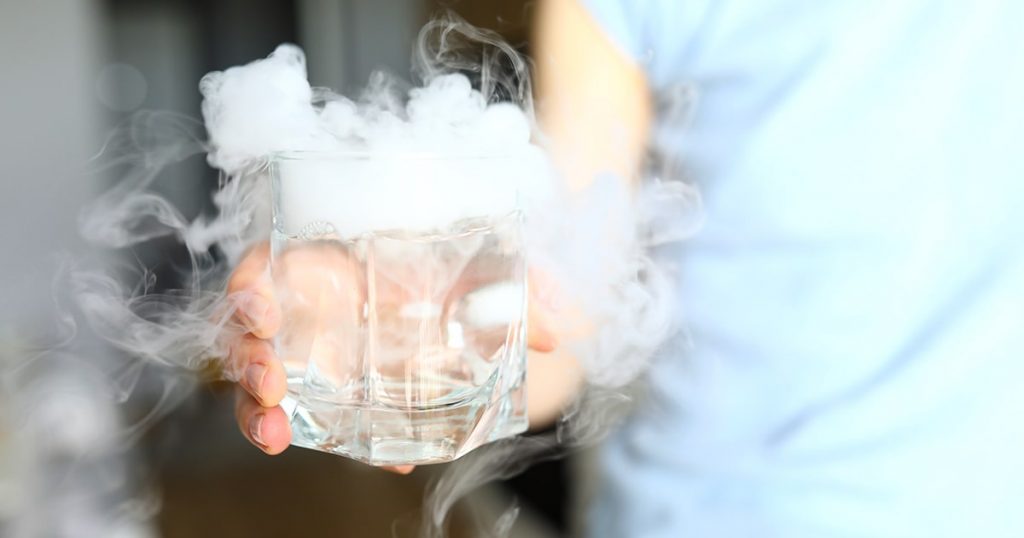
This is carbon dioxide in solid form, and has a lower temperature than regular ice. You can also use this at the bottom of your cooler, layering regular ice on top. The dry ice will help to keep the regular ice nice and cold. It also has the advantage of turning into gas as it melts, which means you won’t have to worry about a huge slushy puddle to clean up later.
5. Use Salt
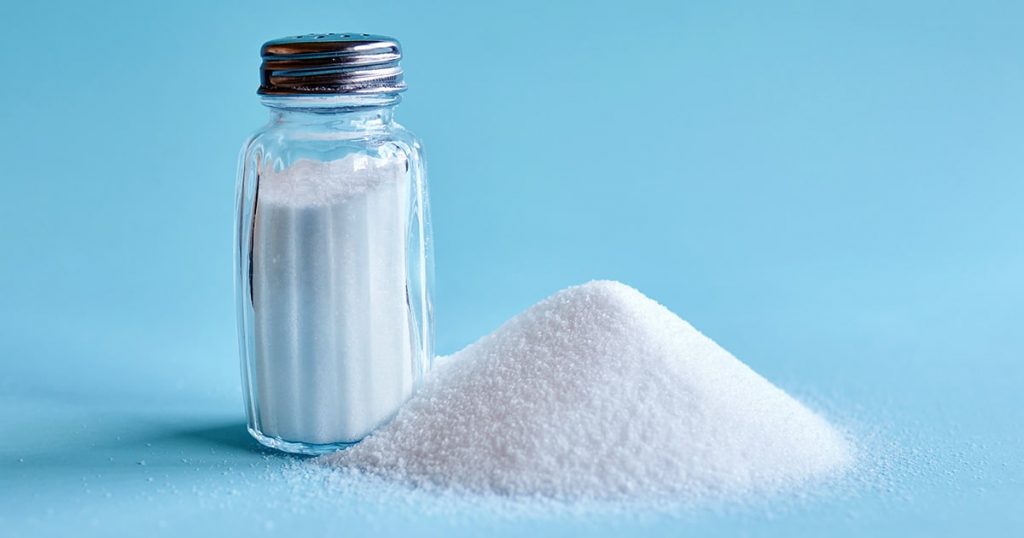
Another trick is to use salt to make your ice last longer. It’s a small trick that takes zero effort, but it works really well. Sprinkle some rock salt on top of your ice, and it will lower the freezing point, improving ice retention.
6. Keep Your Cooler in the Shade
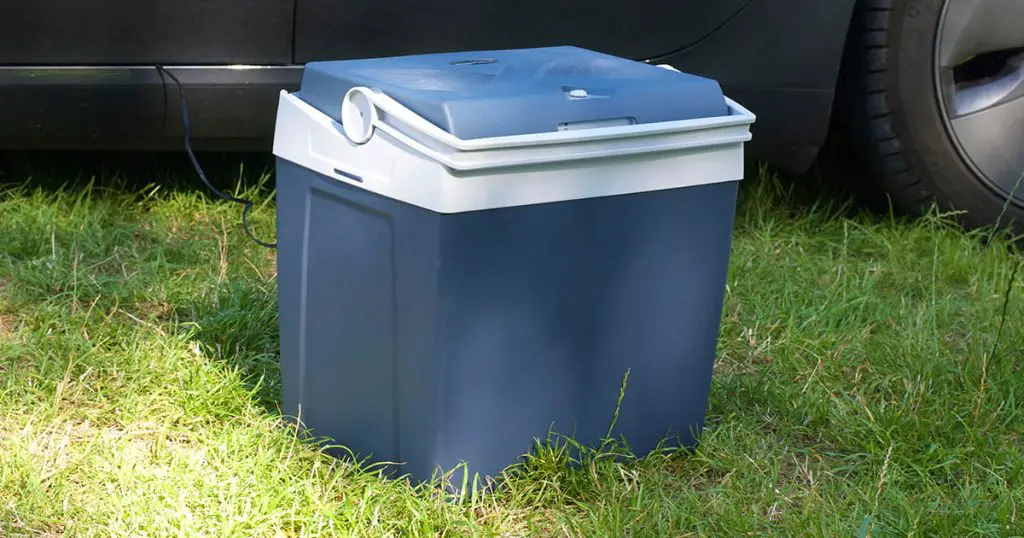
It sounds obvious, but if you can, keep your cooler in a shady area. Direct sunlight will warm up your cooler, so it’s best to find a shady spot for it. If you’re camping, you can try burying your cooler. Bury it to around three-quarters deep, so you can still access it if you need to. The cool soil will help the ice last longer.
7. Don’t Open It Too Much
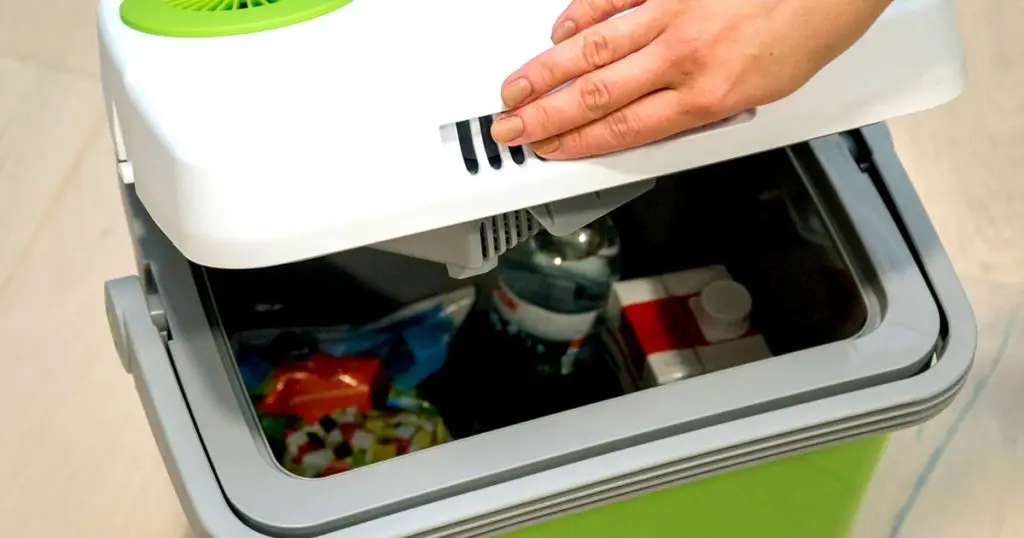
Another obvious trick, but an important one. Don’t keep opening your cooler! The more you open and close it, the more opportunities warm air has to sneak inside. Keep it closed as much as you can.
How to Choose the Right Cooler
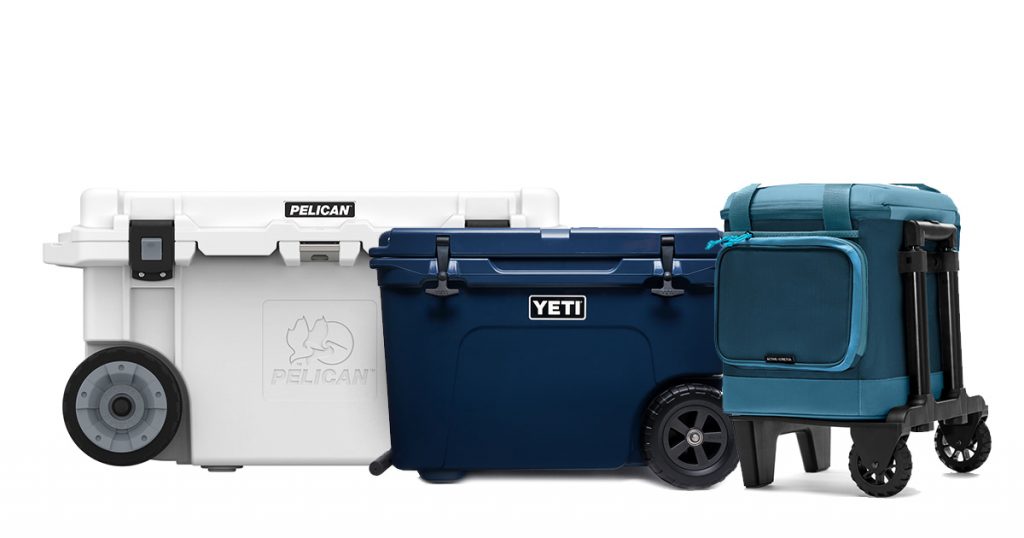
Picking the right cooler for the occasion will help, too.
As a general rule, soft-sided coolers don’t stay cool for as long as hard-sided coolers. If you want a cooler for work or a cooler for a picnic, a soft-sided cooler is fine. But if you want something that will last all day, or even for a few days at a time, you’ll want to go for a hard-sided cooler.
Rotomolded coolers are the best option. Rotomolding is a manufacturing process, using a single thick layer of plastic with insulating foam inside it. This means there are no joins or small spaces for warm air to escape. They also tend to be pretty durable, so they’re a good choice for hunting or fishing trips too.
There are a few coolers we’d recommend.
YETI Tundra – Most Durable
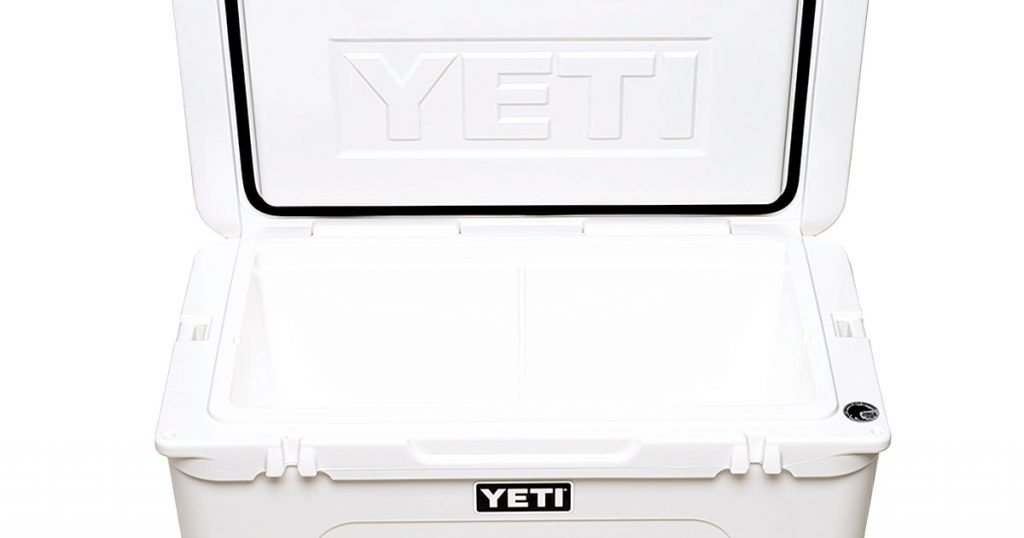
The YETI Tundra is a hardcore cooler that can withstand just about anything you want to throw at it.
The ice retention is excellent, and YETI coolers have a good reputation in terms of durability. In fact, the Tundra is IGBC Certified – this means it’s been tested as bear-proof. Perfect for camping, hunting, or fishing trips.
ORCA 20 – Best Small Cooler
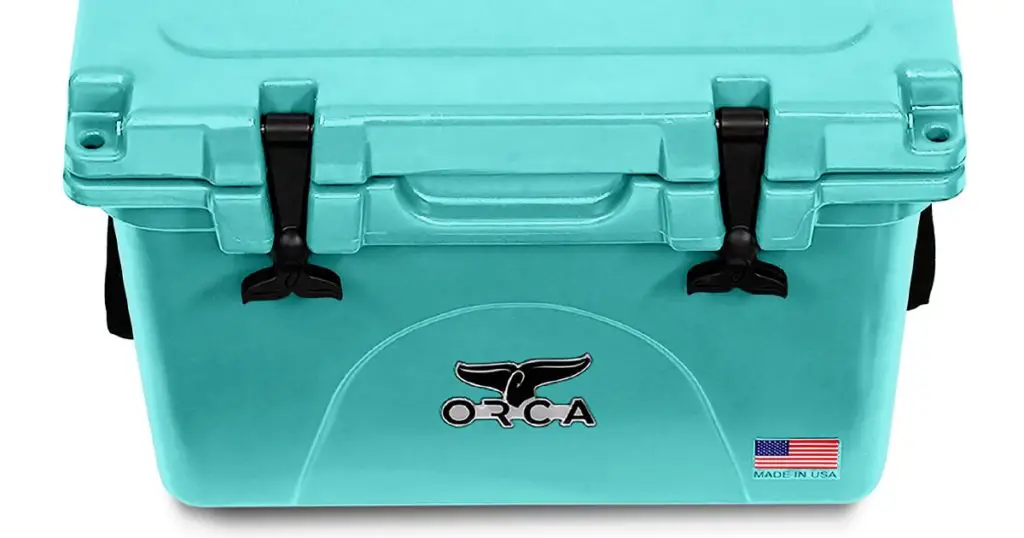
The ORCA 20 is very similar to the YETI Tundra in terms of ice retention and durability but has a smaller capacity, so it’s ideal if you don’t want to haul around a large cooler. The seafoam color looks great, too, and it has a robust but comfortable carrying handle.
Igloo Glide – Best Large Cooler
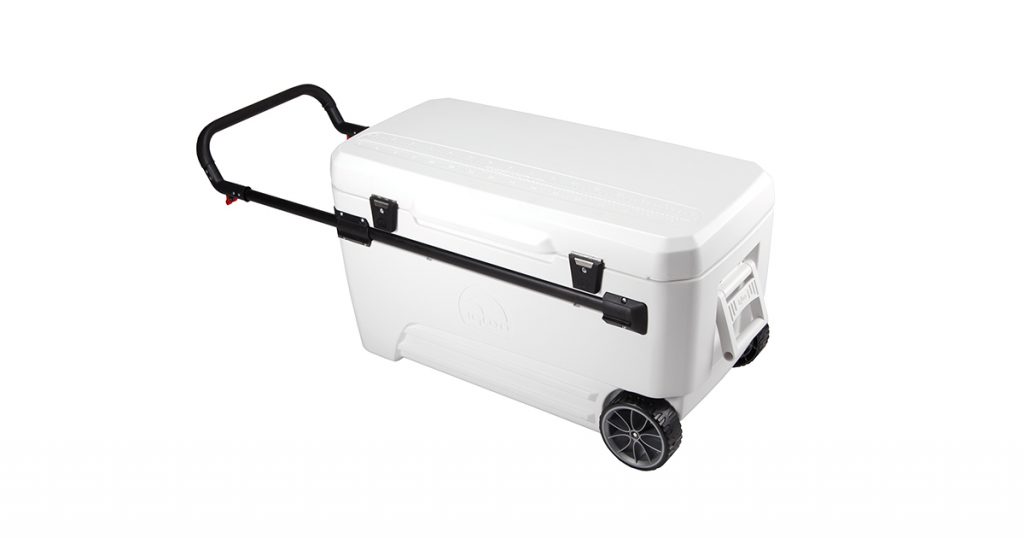
The Igloo Glide is an excellent choice for a large cooler. It’s big, which means it’s heavy. However, it has wheels that are designed to run smoothly on different surfaces, and the handle is super durable and easy to use.
Coleman 42 – Best Soft-Sided Cooler
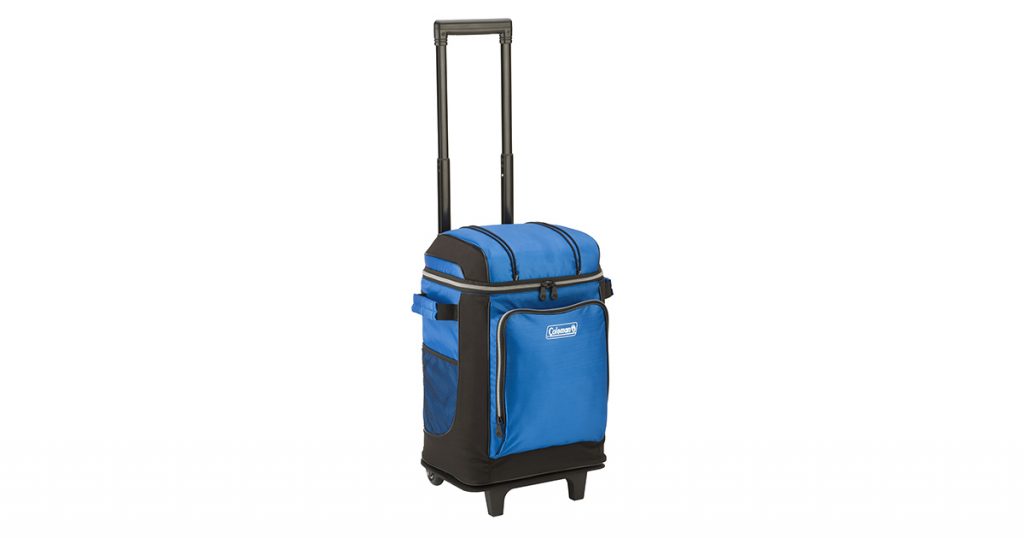
The Coleman 42 is a good choice for a soft-sided cooler. It has a removable hard liner for easy cleaning, and it has been treated with antimicrobial materials to help keep germs and bacteria away. It also has wheels, so it’s a good option if you don’t want to carry your cooler.
Frequently Asked Questions
Now, let’s look at a few frequently asked questions:
What’s the best cooler brand?
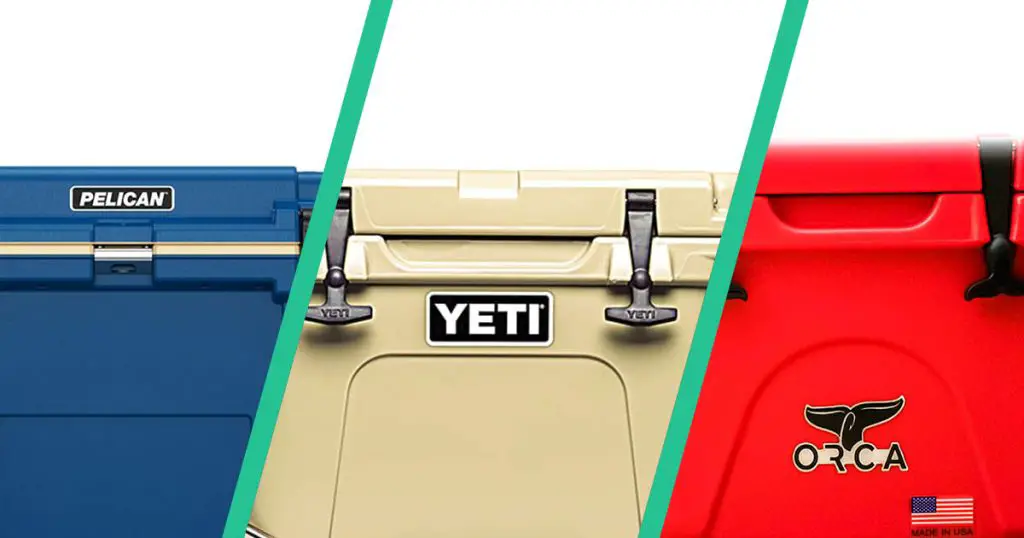
There a few brands we’d recommend:
- YETI – YETI makes tough, durable coolers. They’re pricey, but worth the investment if you want something that is going to last a long time. You can read more about YETI in our YETI Cooler with Wheels review.
- ORCA – ORCA is very similar to YETI. They manufacture durable, high-quality coolers. You can read more about them in our ORCA vs YETI comparison.
- Pelican – Pelican is another great brand. Their coolers are tough and durable, and they’re similar to YETI and ORCA in terms of pricing. You can read more about them in our Pelican Wheeled Cooler review.
- Coleman – Coleman is lower on the price scale than Pelican, ORCA, or YETI. They have some great coolers to choose from. You can read about some of them in our Coleman Cooler with Wheels review.
- Ozark Trail – is a walmart brand at the bottom end of the price scale, Ozark Trail has some excellent value coolers. You can read more about them in our Ozark Trail Cooler review.
Should I use ice packs instead?
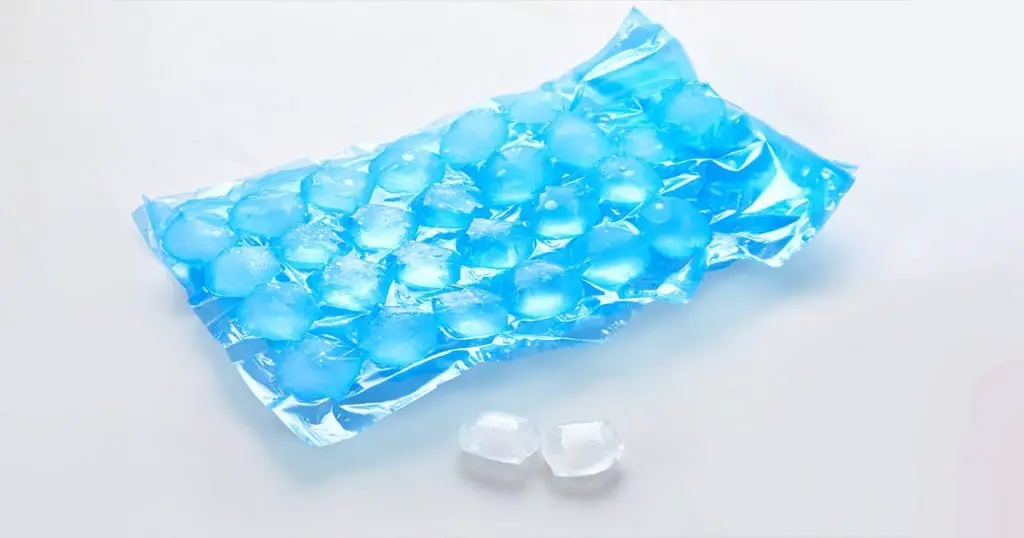
Ice packs are a good alternative to ice. They have the advantage of being a bit neater – you won’t have to deal with slushy, melted ice water. Some people prefer using them, but others prefer the option of having different-sized ice cubes as they can fit into smaller spaces. It’s really a personal preference.
If you need some good ice packs, we’d recommend the Cooler Shock Reusable Ice Pack – they’re quite slim, and they work well for injuries as well as in coolers, so they’re handy to have around.
Should I dump the melted ice water?
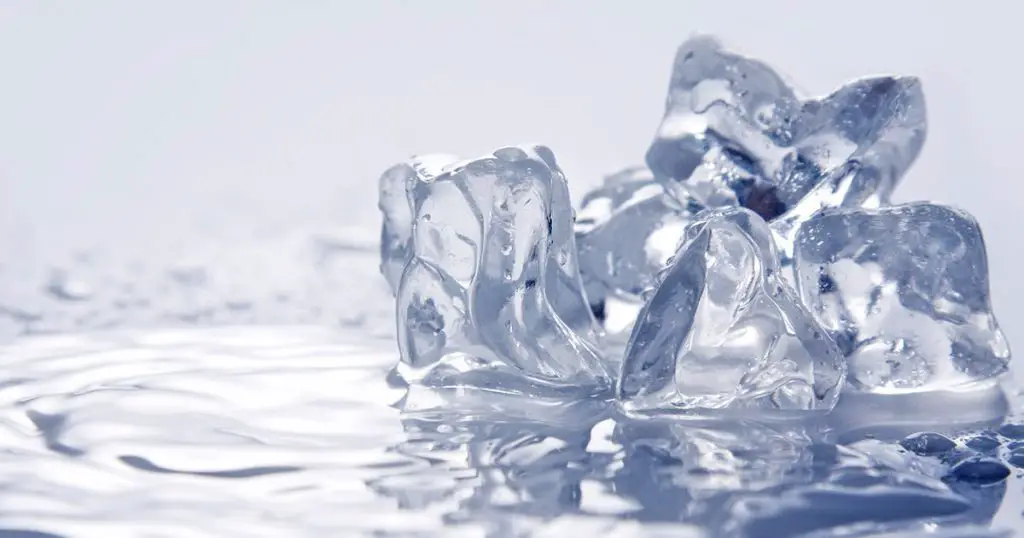
The jury’s out on this one. Some people like to drain melted water away as soon as the ice starts melting, as they believe that the melted ice water will cause the rest of the ice to melt quicker. Others believe that melted ice water is colder than empty air, and therefore it’s better to keep it in there until you get home. It may be a case of trial and error to see what works best for your cooler.
To sum up on how to keep ice from melting in a cooler
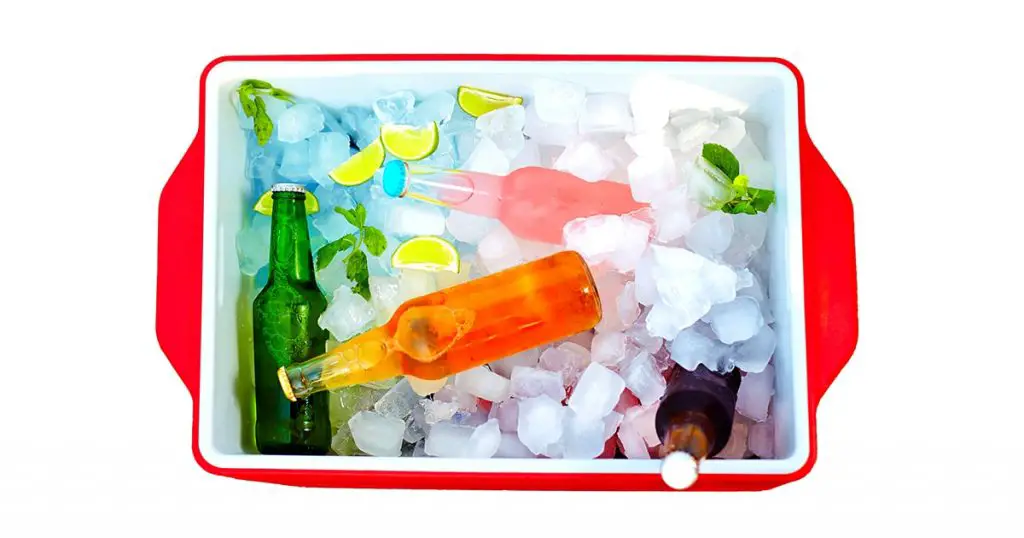
Hopefully, this guide has helped you out on learning how to keep ice from melting in a cooler. Feel free to share it online if you know someone who would find it helpful!
If you have any more ice retention tips we’d love to hear them. Leave us a comment to let us know what works for you.
